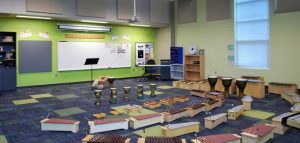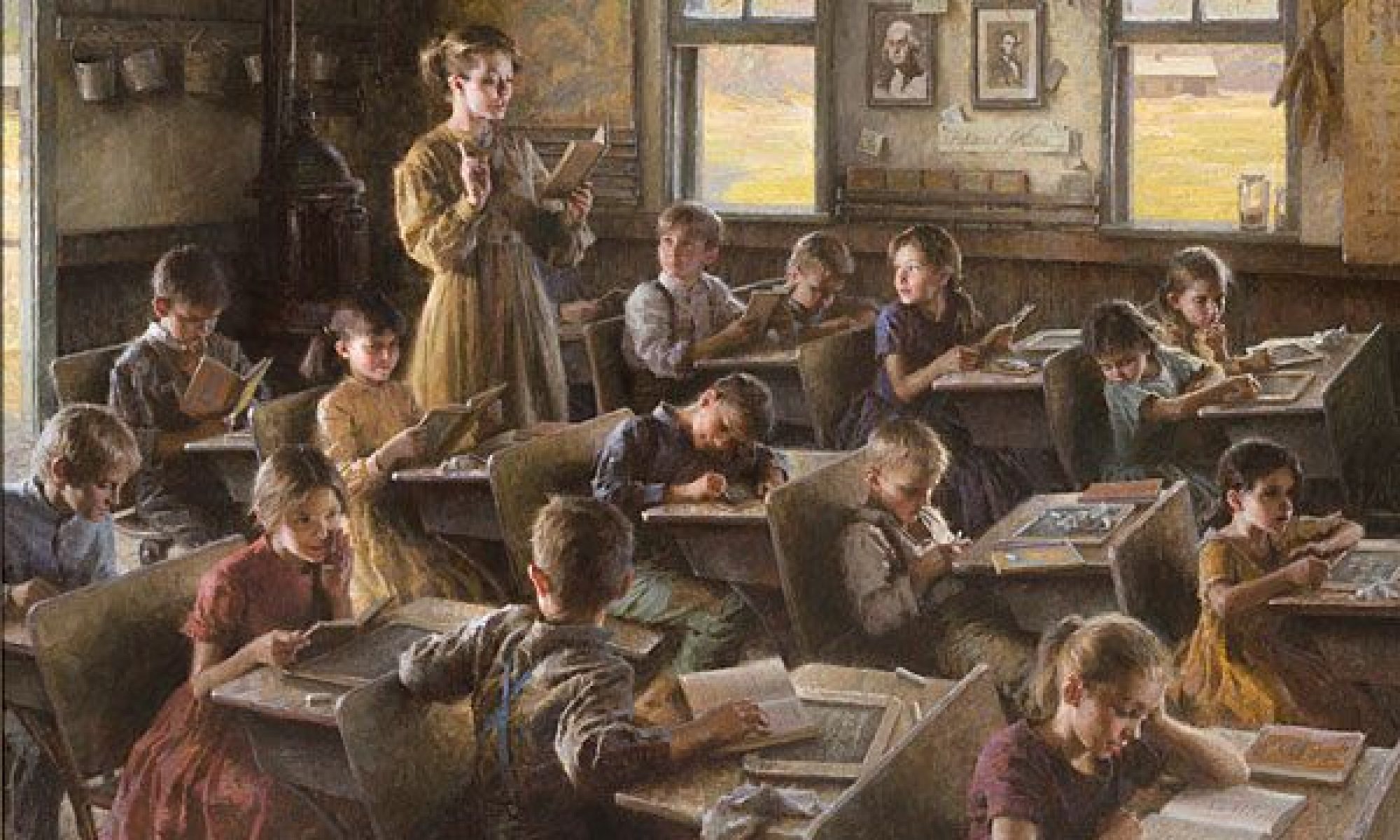How Closed Schools Impact English Learners – As the English language coordinator for Greenwood Community Schools, she works with students who are learning English and attend one of the district’s four elementary schools.

Greenwood Schools used waiver days from the state for the week after spring break, and Hamilton spent that time at the end of March into April contacting each family — even if that meant tracking down their cousin’s neighbor on Facebook to get an updated phone number.
She reminded them that no homework question is too big or too small, and it’s OK to ask in a language that’s not English.
But she also asked about the impact of closures due to stopping the spread of the coronavirus. Do they have enough to eat? Were parents’ hours cut back at work? Can they pay rent?
“I am kind of gauging what their level of fear is,” Hamilton said. “I can’t imagine what it would be like to be in a different culture (right now).”
This academic year, Indiana has over 67,500 students who are English learners, according to the state Department of Education.
While the most common languages spoken are not yet available for this year, students spoke more than 290 languages in the 2018-19 school year and the most common were Spanish, Chin languages including Hakha Chin and Falam, Arabic, German and Burmese.
Other Schools
As schools across the country have closed their doors in response to COVID-19, the needs of English learner students are top of mind. English learners (ELs) represent a growing share of the U.S. student population and federal law mandates that they receive specialized instruction to support their English language development. Given how rapidly school closures have happened, there remain many unknowns about how distance learning will play out for these students.
To be sure, the move to online learning will be challenging for all students, but these challenges will be exacerbated for ELs and other students who receive specialized support and instruction. As we have written in the past, while there are a growing number of educational technology tools for ELs, many of these resources are not free and teachers report needing more training on how to use digital learning resources with their EL students. We have also described the shortcomings of current tools, how students may lack access to digital technology in their homes, and how open educational resources (OER) can facilitate online learning for ELs.
In response to school closures, some states have tasked districts with developing plans for remote learning that pay attention to the needs of ELs, but details of these plans are still to come. A key consideration in the development of these plans is that online learning cannot evenly address all four domains of language development (reading, writing, speaking, and listening).
Reading, for example, may be more easily tailored to online instruction for ELs, as teachers can share vocabulary resources and differentiated reading passages. Educators can also stream read alouds to their students’ to support emerging readers and facilitate listening comprehension. But the two domains that center on student production of language, writing and speaking, may be more challenging to attend to virtually. Both writing and speaking require feedback for students’ skills to develop: learning a language is a highly social endeavor and requires students to be able to engage in conversations with peers and teachers throughout the day.
Learn more about this topic by reading in IndyStar.
After reading “How Closed Schools Impact English Learners” you can check important issues for ESL teachers on the section PDFs, and visit my YouTube channel.
